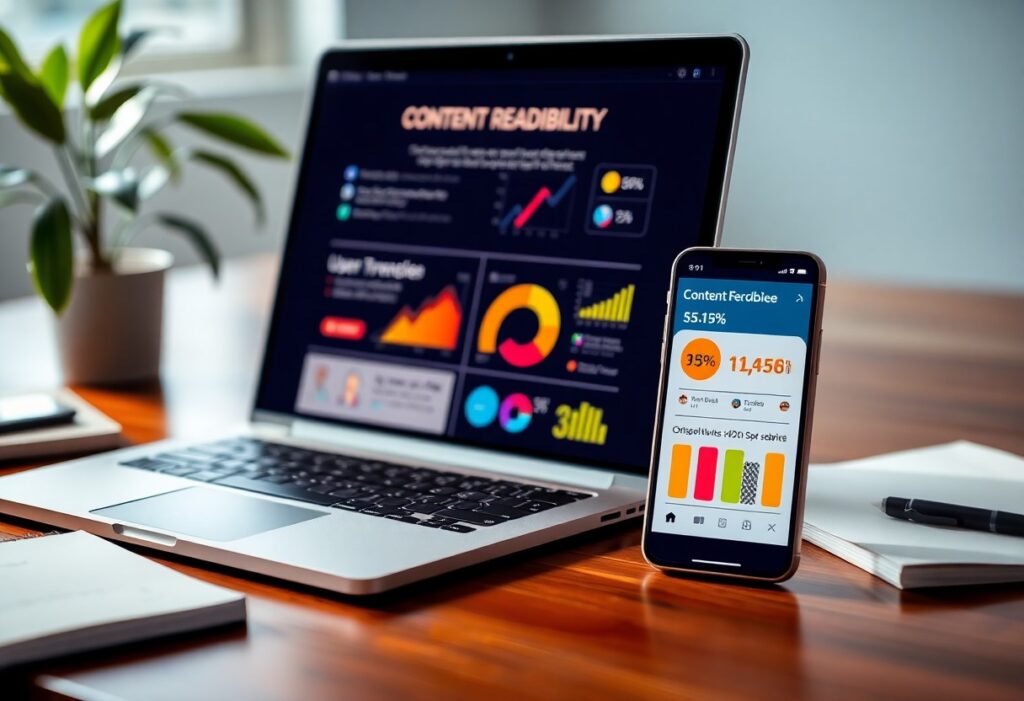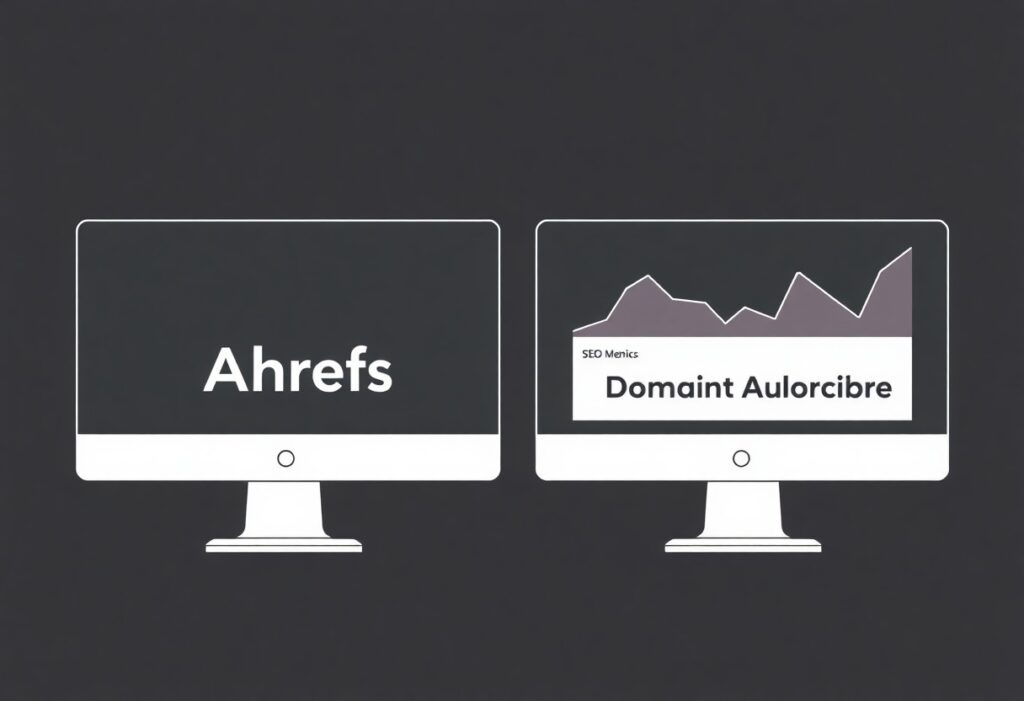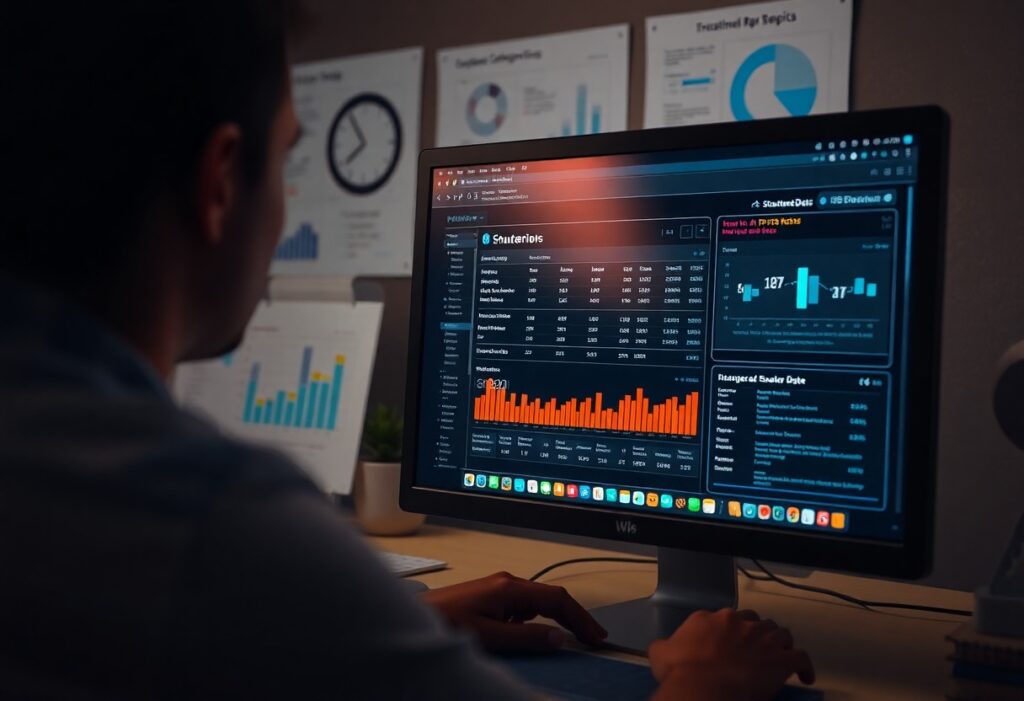Most websites overlook the importance of Internal Linking, which can significantly enhance your SEO strategy. By building a well-structured internal linking system, you guide both search engines and users through your content effectively. This not only boosts your site’s authority but also keeps visitors engaged, leading to reduced bounce rates. In this blog, you will learn the best practices for implementing internal links within your content, providing you with actionable steps to improve your website’s rank. With the power of Rank Authority, you can leverage these tactics to elevate your online presence and boost your rankings.
Understanding Internal Linking
To maximize your website’s SEO effectiveness, understanding internal linking is necessary. Internal linking refers to the practice of hyperlinking words or phrases within your website that lead to other pages on the same domain. This technique not only helps users navigate through your content but also establishes a clear hierarchy and relationship between different pages. As a business owner, mastering internal linking can enhance user experience, improve page authority, and ultimately boost your rankings. By linking to relevant posts, you guide both users and search engines through your site.
What is Internal Linking?
After you create content for your website, internal linking allows you to connect various pages and posts through hyperlinks. This strategy makes it easier for visitors to find related content and helps search engines crawl your site more effectively. Each link acts as a pathway, leading users from one piece of information to another while distributing page authority across your domain.
The Importance of Internal Links for SEO
Internal links are necessary for SEO because they help search engines recognize the structure of your website. By establishing a clear site hierarchy, you make it easier for search engines to index your content. This process enhances your visibility and drives traffic to your pages. Additionally, internal linking encourages visitors to explore more of your site, reducing bounce rates and increasing user engagement.
But, be cautious when creating internal links. Overlinking or using irrelevant links can detract from the user experience. It’s important to anchor links naturally within your content. Focus on providing value to your readers; this will build trust and establish your authority. By strategically placing relevant internal links, you not only help visitors navigate your site but also increase page authority across your entire domain. Partner with Rank Authority to ensure your internal linking strategy aligns with best SEO practices for optimal results.

Strategies for Effective Internal Linking
Any website looking to enhance its internal linking strategy should consider several effective tactics. These strategies not only improve user experience but also boost your site’s SEO performance. By adopting a systematic approach to internal linking, you can direct both users and search engines to important content, facilitating better navigation and discoverability of your pages. Aim to make your internal link structure intuitive and relevant, as this ultimately leads to increased engagement and higher rankings on search engine results pages.
Creating a Logical Structure
Behind every effective internal linking strategy lies a robust and logical structure. Organize your content in a hierarchy that makes sense. Start with category pages, which branch into subcategories and specific articles. This approach helps both your audience and search engines easily navigate your site. When you create a clear pathway for users, they are more likely to spend time exploring your content, which can positively impact your SEO metrics.
Using Descriptive Anchor Text
Before you implement your internal linking strategy, consider the power of your anchor text. High-quality anchor text not only informs users about the linked content but also enhances search engine indexing. The anchor text you use should always be descriptive and relevant to the page it links to. Instead of generic phrases like “click here,” opt for keyword-rich text that provides context. This practice not only improves user experience but also increases the visibility of your linked pages in search engine results.
The anchor text is imperatively your opportunity to guide users. When you use clear, keyword-focused phrases, you assist users in understanding what they can expect from the linked page. Furthermore, this practice reinforces relevance, which is beneficial for SEO. It’s important to strike a balance between creative and descriptive anchor text. Avoid being overly keyword-stuffed, as this can backfire. Clear, contextually relevant anchor text makes your links more enticing, encouraging users to click through and explore your content. At Rank Authority, we encourage you to develop internal linking strategies that support both user engagement and SEO optimization for greater success.
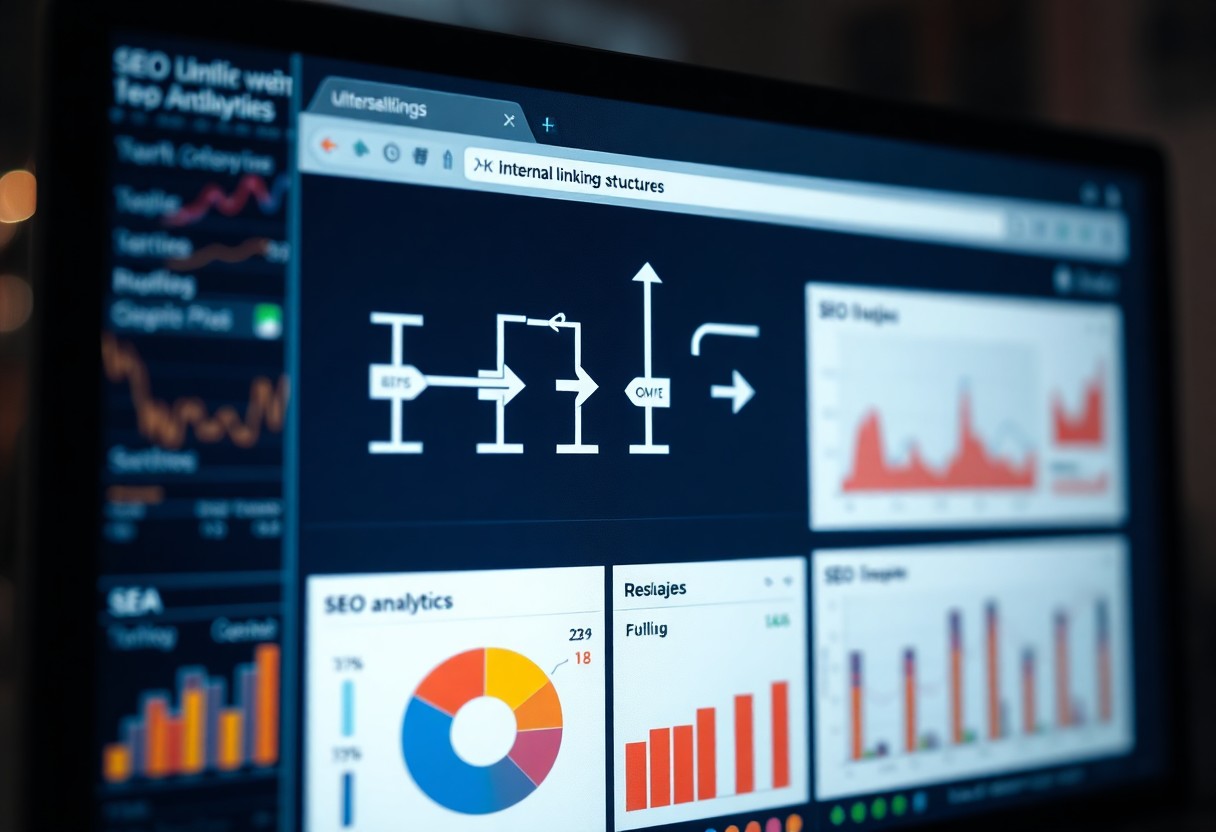
Best Practices for Internal Link Placement
There’s a science behind effective internal linking that can significantly elevate your SEO rankings. To make the most of internal linking, consider placement as a vital strategy. You should aim to distribute your links organically throughout your content, ensuring they enhance the reader’s journey while maintaining a logical flow. This approach not only guides your audience but also helps search engines understand the structure of your site, ultimately boosting your visibility with Rank Authority.
Linking Within Content
For optimal results, integrate internal links naturally within your content. This means incorporating links into relevant sections or phrases that enhance the comprehension of the topic at hand. When you create content, focus on highlighting crucial keywords or phrases that link to related articles or pages. Keep your user’s experience in mind, as this strategy makes your content more interconnected and valuable, encouraging further exploration of your website.
Footer and Sidebar Links
Below the fold, footer and sidebar links can serve as additional resources for visitors. However, the impact of these links can vary. When used wisely, they can enhance internal linking and provide pathways to important sections or pages of your site. Ensure these links direct users to content that is relevant and beneficial, as they may not be as frequently noticed by your audience.
Further diversifying your internal links through sidebars and footers adds depth to your site navigation. This placement can become problematic if overused, as search engines may perceive it as spammy. To maximize effectiveness, you should limit the number of links and ensure they are relevant to the context of the surrounding content. Utilizing internal linking strategically in these areas can promote crucial pages while still prioritizing user experience, which is key for your site’s performance with Rank Authority.
Tools and Resources for Analyzing Internal Links
Not only does effective internal linking improve your site’s SEO, but it also enhances user experience. To make the most of your internal links, you’ll need the right tools. Many resources can help you analyze your internal links, identify gaps, and optimize your linking strategy. Employing these tools will give you the insights needed to maximize your site’s visibility on search engines, ensuring your users find what they need with ease.
SEO Audit Tools
An SEO audit tool is necessary for analyzing your internal links effectively. These tools, such as Ahrefs, SEMrush, and Moz, provide detailed reports on your internal linking structure. They help you identify which pages are receiving the most inbound links and highlight areas where you can improve your internal linking strategy. By utilizing these insights, you can enhance navigability and boost your SEO performance.
Recommended Plugins
Before you investigate your internal linking strategy, consider using recommended plugins. These plugins can simplify the process of managing and optimizing your internal links, saving you time and effort. A few popular options include Link Whisper and Yoast SEO, which offer valuable features for enhancing your internal linking structure.
With recommended plugins, you gain access to features that display relevant internal link suggestions as you create content. This drives improved user engagement by making it easier for your readers to navigate your site. Additionally, these plugins can help you maintain a well-structured authority flow, ensuring that your important pages receive the visibility they deserve. Incorporating these tools into your workflow enhances your internal linking efforts, enabling you to utilize the power of Rank Authority for superior SEO results.
Common Mistakes to Avoid
Many website owners overlook effective internal linking strategies, leading to missed opportunities for SEO improvement. One common misstep is neglecting the importance of anchor text diversity. Using the same phrases repeatedly can diminish relevance. Additionally, failing to link to important pages or overstuffing links can dilute the overall theme of your site. To maximize the potential of your internal linking efforts, avoid these pitfalls and focus on creating a cohesive and intuitive linking structure.
Over-Optimization
Along with providing relevant links, you need to ensure that you’re not over-optimizing your internal linking. Overusing exact-match anchor texts can hurt your SEO strategy and make your content appear spammy. Instead, aim for a mix of generic terms and relevant phrases to create a more natural linking experience for users.
Ignoring Link Metrics
Across the board, many forget to analyze their internal linking metrics. Doing so can provide valuable insights into your website’s performance. By tracking link metrics, you can identify which internal links drive traffic and the ones that aren’t contributing effectively to your SEO goals.
Indeed, if you ignore key link metrics, you risk jeopardizing your website’s performance. Monitoring metrics such as click-through rates, user engagement, and link authority allows you to adapt your internal linking strategy effectively. For instance, pages with high engagement can serve as strong linking hubs. Conversely, low-performing links may need adjustment. Ultimately, data-driven decisions lead to improved link structures, enhancing both user experience and search engine rankings. Leveraging these insights with Rank Authority can significantly optimize your strategy, helping you achieve your desired online visibility.

Monitoring and Adjusting Your Internal Links
Despite your best efforts in crafting a solid internal linking strategy, ongoing monitoring and adjusting of your internal links is important for maintaining their effectiveness. As your content evolves and your website grows, some links may become obsolete or less relevant. Therefore, it’s important to regularly assess how these links are performing. This not only improves your SEO but also enhances the user experience, ensuring that visitors can easily navigate through your site.
Regular Audits
At least once every few months, you should conduct regular audits of your internal links. This involves checking for broken links, outdated pages, and ensuring they still serve a relevant purpose. Doing so will help you refine your internal linking structure, thereby improving page authority and user engagement.
Keeping Links Relevant
Across your site, maintaining the relevance of your internal links is key. Links should point to content that is still relevant to your current topics and user interests. If a link leads to outdated information, it might frustrate your audience and negatively impact your SEO.
Further, as your website evolves, so should your internal linking strategy. You want to ensure that each link you include directs users toward valuable and pertinent content. As you introduce new articles or update existing ones, revisit your internal links to align them with the current narrative. This proactive approach not only helps Google index your site better but also fosters a positive experience for your users. At Rank Authority, we suggest regularly revisiting your internal links to identify and remove any irrelevant or broken links early on, ensuring that your audience always finds quality content when navigating your site.
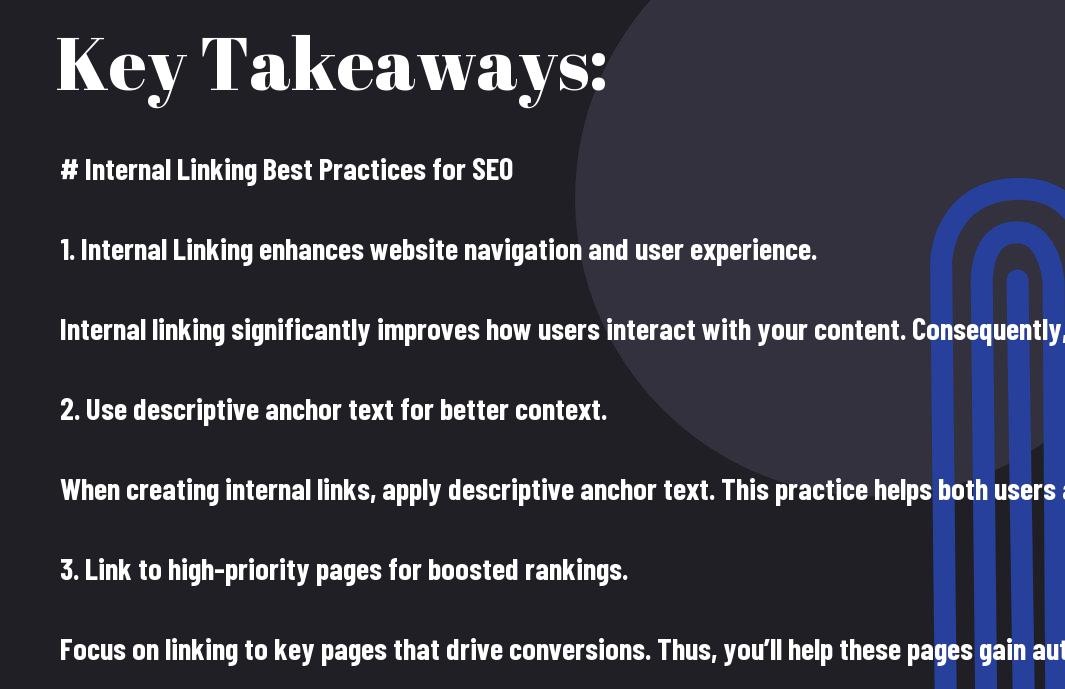
Summing up
Taking this into account, effective Internal Linking practices are important for enhancing your SEO performance. By strategically linking your pages, you guide both users and search engines through your content. This not only improves user experience but also helps search engines understand your website’s structure. Ultimately, you want to create a natural flow of information within your site. As you optimize your Internal Linking strategy, you’ll likely see improved rankings and increased organic traffic to your pages. At Rank Authority, we harness the power of AI to help you implement these best practices seamlessly and effectively.






